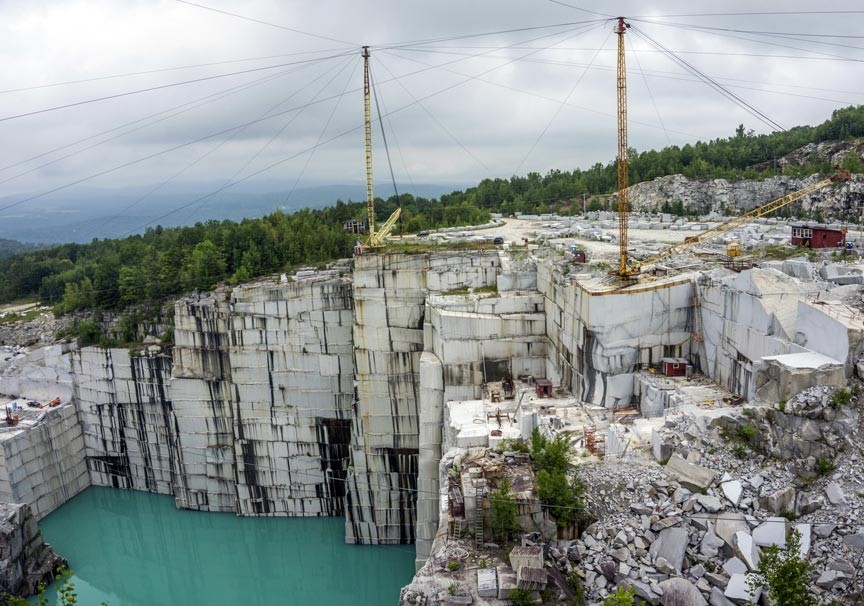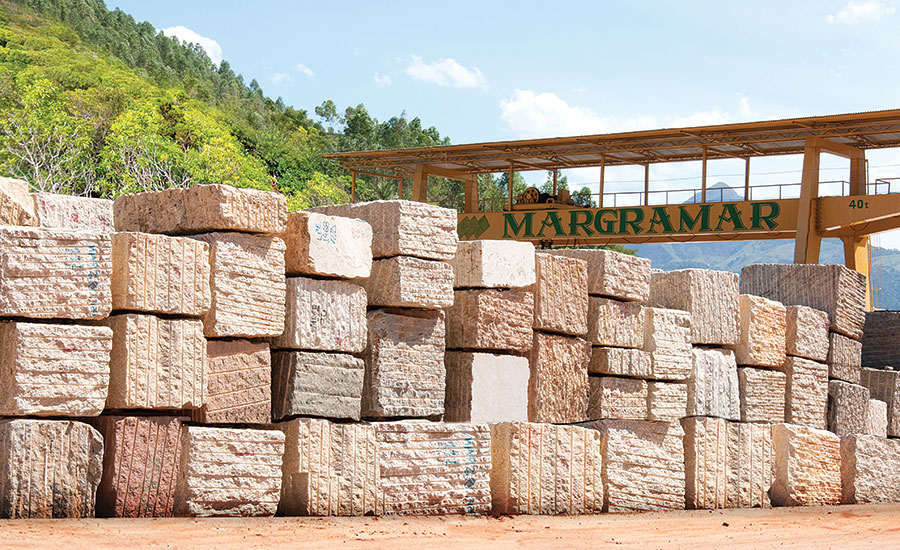A Trip Through Granite Quarries in South Africa: Unveiling Nature's Creativity
A Trip Through Granite Quarries in South Africa: Unveiling Nature's Creativity
Blog Article
Discovering the Rich Background and Sustainable Practices of Granite Quarrying
As we stand on the precipice of revealing the intricate tapestry of granite quarrying, a journey with time discloses not just the physical act of extracting rock however also the social and historic importance woven right into the very textile of this method. From the old origins that laid the structure for contemporary quarrying techniques to the lasting techniques that are shaping the future of this sector, each carve mark on granite surfaces informs a story waiting to be discovered (granite quarries in south africa). The tradition of granite quarrying stretches much past simple extraction; it is a testament to human resourcefulness, resilience, and the long-lasting allure of this magnificent stone
Old Beginnings of Granite Quarrying
Dating back to old human beings, the practice of quarrying granite has actually been an important component of human background and architectural development. The earliest proof of granite quarrying dates back to ancient Egypt, where large pyramids and detailed sculptures were crafted from this resilient rock. The Egyptians utilized primitive devices to extract granite blocks from quarries, showcasing the value of this product in their monumental building and constructions.
Progressing in history, the Greeks additionally made considerable contributions to the quarrying of granite. The Greeks used granite in numerous architectural wonders, such as temples and sculptures, demonstrating their skill in shaping and carving this hardy stone. The Romans further refined the techniques of quarrying granite, employing sophisticated tools like knives and hammers to essence and form granite for their legendary structures.
With the centuries, the method of quarrying granite has actually developed, with modern-day technologies improving performance while preserving the ageless allure of this all-natural stone - granite quarries in south africa. From ancient worlds to modern contractors, the legacy of granite quarrying proceeds to shape our globe
Advancement of Quarrying Methods
The advancement of quarrying methods has been marked by a continuous development towards greater performance and accuracy in removing granite. From the basic techniques used by our forefathers to the innovative innovations utilized in modern-day quarrying operations, the sector has undergone substantial improvements. Early quarrying techniques entailed manual work with basic tools such as chisels, hammers, and wedges to extract granite blocks from the planet. As human beings advanced, techniques like fire-setting and primitive nitroglycerins were introduced to promote the extraction procedure.
In even more current times, the introduction of machinery revolutionized the quarrying industry, making it possible for much faster extraction prices and increased efficiency. Technologies such as ruby wire saws, high-pressure water jets, and pneumatic drills have come to be conventional in modern-day quarries, enabling for exact cutting and lowered waste. Innovations in computer-controlled tools and 3D modeling have optimized quarrying operations, leading to very little ecological effect and boosted sustainability techniques. As the need for granite proceeds to rise, the evolution of quarrying techniques remains essential to meeting market needs successfully and sustainably.
Cultural Significance of Granite
Granite holds a profound social value throughout different worlds due to its enduring visibility in building masterpieces and admired monuments. From the majestic pyramids of Egypt to the detailed makings of the Angkor Wat temple in Cambodia, granite has been a product of option for revealing grandeur and durability in social heritage. In ancient Rome, granite columns embellished temples and public structures, signifying strength and permanence. The social relevance of granite expands past its physical qualities; it symbolizes resilience, security, and timelessness, making it an icon of withstanding legacies and traditions.

Lasting Practices in Quarrying
In the middle of the abundant history of granite quarrying and its cultural importance exists a growing emphasis on sustainable techniques within the sector. As environmental awareness and problems regarding resource deficiency have heightened around the world, the quarrying market has significantly accepted sustainable techniques to reduce its effect on the atmosphere and surrounding neighborhoods.

Moreover, recovery and rehab of quarry websites post-extraction are important to lasting practices. By restoring quarried locations to an all-natural or beneficial state, such as creating wildlife environments or entertainment rooms, quarriers can balance out the environmental footprint of their operations and add favorably to the neighborhood ecosystem.
Legacy of Granite Quarrying
With a historical backdrop soaked in craftsmanship and commercial progression, what withstanding influence has granite quarrying left on the landscape of modern culture? The tradition of granite quarrying transcends plain removal methods; it has shaped building marvels, urban landscapes, and social heritage worldwide. The long lasting nature of granite has made it a preferred selection for monoliths, buildings, and framework, standing as a testament to the skill and virtuosity of quarry workers across generations.
In addition, the economic footprint of granite quarrying can not be forgotten. The market continues to supply employment possibility and drive neighborhood economic climates in areas where granite removal prevails. It has actually also stimulated technological advancements in quarrying methods and equipment, bring about a knockout post much more reliable and sustainable techniques.
In terms of sustainability, the tradition of granite quarrying consists of efforts to reduce ecological impacts through improvement tasks and responsible resource administration. By stabilizing economic interests with environmental stewardship, the sector makes every effort to guarantee that future generations can remain to gain from this long-lasting all-natural resource.
Final Thought

Report this page